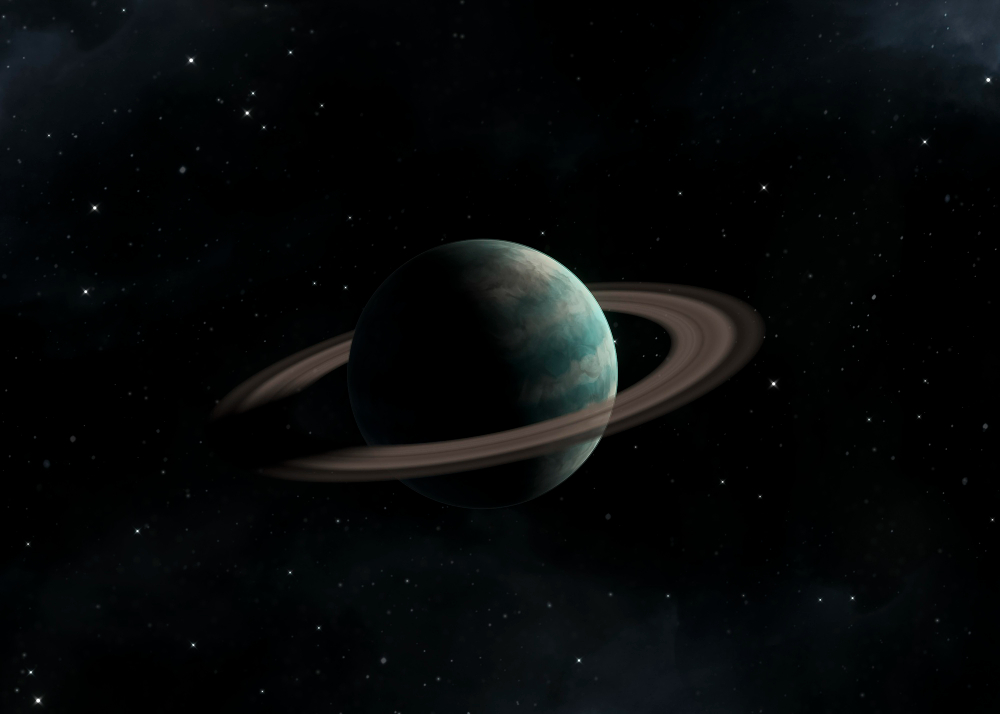Shrouded in splendid rings and mysteries, Saturn captivates all who gaze upon it. Of the planets that dance around our Sun, the sixth planet from that glowing orb exudes an exceptional allure. With myriads of moons including Titan, a moon larger than the planet Mercury, Saturn possesses an entourage worthy of a celestial monarch. Below the dazzling rings exists an atmosphere thick, turbulent, and potentially concealing stunning secrets that astronomers yearn to uncover.
What extraordinary revelations might the Cassini spacecraft and future Saturnian visitors reveal about this gas giant and its family of icy moons? A trove of riddles and intrigues awaits decryption and discovery around lordly Saturn, this cosmic jewel of our solar system. Let us delve deeper into its veiled splendors.
Titan: A Planet of Mysteries
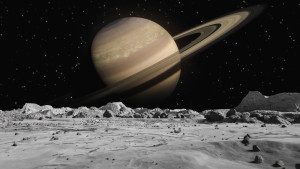
Beyond Saturn’s splendid rings orbits a truly astonishing moonscape full of marvels and mysteries astronomers yearn to unravel. Our journey begins with Titan, an anomaly among moons cloaked in an intricately crafted atmosphere sparkling with organic chemistry. Exploring Titan we discover Earth in embryonic guise, with liquid ethane swirling in channels etched by liquid methane rains tumbling through nitrogen skies.
Lakeside on Titan we glimpse geologic stories predating terrestrial life hinting how biochemistry awakens. Might simple Titanian lifeforms exist swimming within those hydrocarbon haze-wreathed seas? Do clues of biology’s genesis shimmer below that organic atmosphere or has Titan’s clock not yet struck the evolutionary hour of destiny? Among Saturn’s family of remarkable moons, Titan tantalizes as an experiment in planetary possibilities where origins questions entwine riddles still unsolved. What revelations might emerge as we peel back veils swirling about astonishing Titan and Saturn’s squadron of otherworldly satellites? Our solar system tour continues with mysteries awaiting decryption around Titan and its sibling moons.
Enceladus: A Hidden Ocean
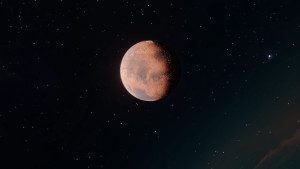
Among Saturn’s family of extraordinary moons beams tiny Enceladus, an icy orb brimming with big secrets. Crisscrossing its bright surface are fissures spraying glittering geysers revealing a warm subsurface sea hidden below. These venting vapors and particles astonish scientists with proof of an Enceladan ocean enveloping a rocky core, heated by hydrothermal vents potentially friendly to basic lifeforms. What alien organisms might populate that dark, pressurized underwater realm by harvesting heat and chemicals from Enceladus’ fiery vents? As future missions burrow through the moon’s fractured frozen shell seeking sealed samples, revelations about Enceladus’ capacity to harbor simple biology may illuminate Saturn’s potential to naturally kindle living worlds from barren moons. But encrypted in the geysers’ sprays swirl clues that the creation of life requires more than existence’s raw ingredients blending within an icy satellite by chance. What further galactic mysteries might the gushing vapor plumes of bright little Enceladus ultimately unfold as our cosmic quest about Saturn and its secrets continues?
Iapetus: The Yin and Yang Moon
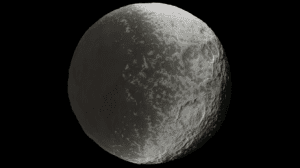
Among the menagerie of moons encircling splendid Saturn spins the unusual Iapetus, a perplexing two-toned world. Oddly, one half of Iapetus gleams brightly while the other side darkens to blackness. Scientists dubbed the moon’s dark terrain Cassini Regio for its discoverer, a stark contrast to Iapetus’ snow-white opposing plains. Leading theories propose wandering residue from distant Saturnian satellites painted part of the topsy-turvy Iapetus deeply charcoal. However, research also spots indigenous chemistry potentially concocting carbon compounds coating one hemisphere ebon, while the tidally-locked moon froze brightly on the flip side. As we continue investigating Saturn’s system of staggering moons, what other surprises might mismatched Iapetus reveal? For now, the two-faced Iapetus remains the solar system’s most striking study in contrasts – half night and half light orbiting ringed Saturn.
Mimas: The Death Star Moon
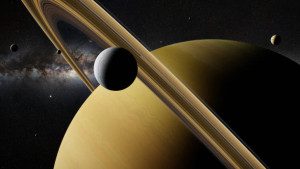
In Saturn’s group of strange moons, there’s a small one called Mimas that looks a lot like the Death Star from Star Wars. The most noticeable thing about Mimas is a huge crater on its surface called the Herschel crater. This crater is so big that it covers almost a third of Mimas’s width. Because of this giant hole, Mimas looks a bit like the Death Star when seen from certain angles.
Scientists wonder how Mimas managed to survive such a big impact without breaking apart. They also want to know why Mimas, being so small, has the biggest crater compared to its size in the whole solar system. By studying Mimas and other unusual moons around Saturn, we might find more surprising facts about these battered worlds. These moons show us how tough they are, having survived intense heat and collisions during the early days of our solar system.
As we peer into the mysteries of Saturn’s moons, we’re merely scratching the surface of the cosmic unknown. Each revelation unravels new questions, igniting the flame of curiosity within us. So, brace yourselves for the cosmic journey ahead, where every discovery promises to twist our understanding of the universe. Stay tuned for the mind-bending revelations and unexpected wonders waiting to be unveiled in the star-studded realm beyond!

